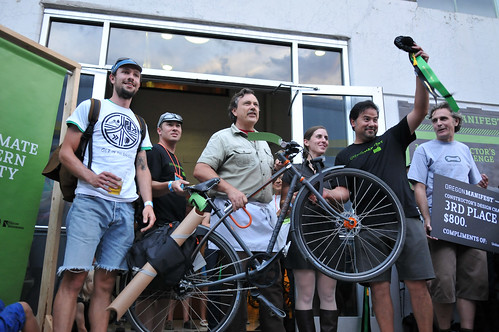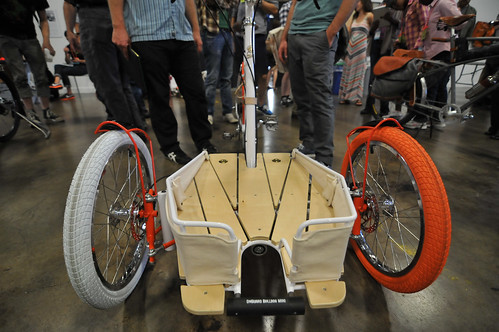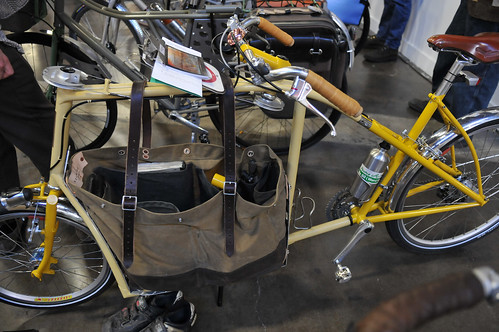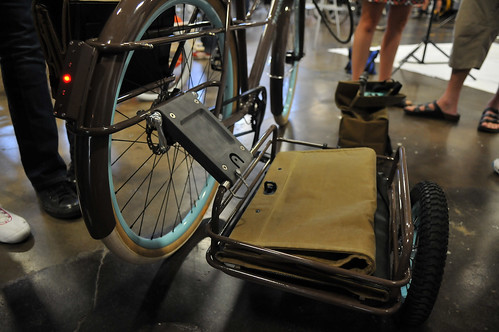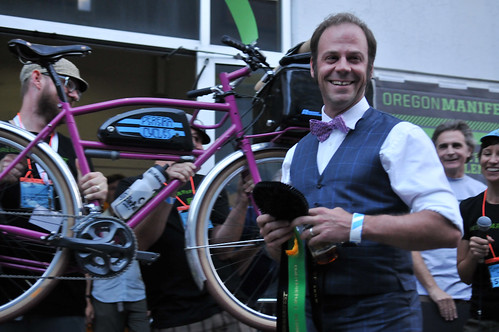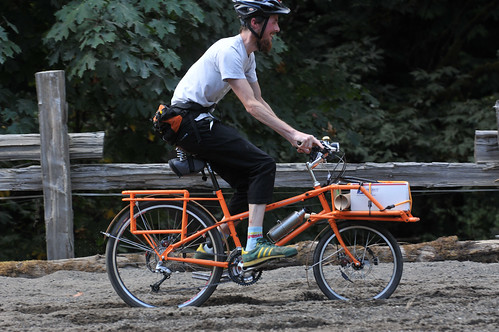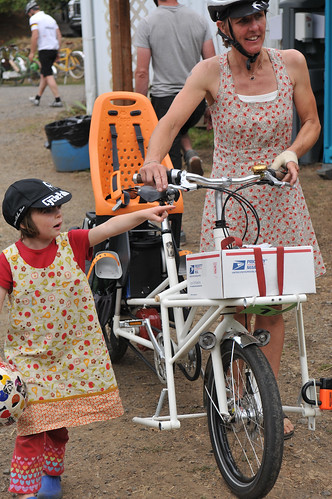
South of Murdo in Mellette County, South Dakota
Twenty-five year old Virgil Newton Joslin did just that in 1916. Tired of working for other men he was determined to have a place of his own. He took up homesteading in west-central Mellette County, South Dakota, almost on the eastern edge of The Badlands. His first abode on the homestead was a dugout in the side of a hill. About the same time or shortly thereafter, his parents Luther and Phoebe (Elliott) Joslin joined him on the homestead. Two years later Virgil married Mary Matilda Hutcheson and he built what he called a “tar paper shack.” It was 12x16 feet, constructed of boards and covered in tar paper that was normally used for covering a roof before the shingles are put down.
Soon a son, Irwin, was born. In 1922, the tar paper shack was replaced by the beginnings of a “real” house - a concrete basement. A few years later a daughter was added to the family and then two more sons – Ruth, Jim, and George were all born in the nearest "large" town, White River.
A barn was built. A dam was constructed across a stream and a pond was dug. Virgil and Mary worked hard on their homestead. His parents helped as much as they could. Virgil still had to work for other men to help feed his growing family.
The dream house was never built. The family was caught up in the wrath of Mother Nature. It started with a prolonged drought. Irwin tells about the conditions in the early 1930s in his memoirs:
“For two or three years there was not enough rainfall to produce crops. Then the wind, which always blows in South Dakota, began picking up the dirt from the dry fields and we had dust storms. They might not have been as bad as in the Oklahoma dust bowl, but I recall them lasting for 2-3 days and the fine dust was everywhere...It literally blew all the dirt out of the fields as deep as it had been plowed.”
“In addition to the drought, depression and dust storms we had plagues of insects. Beetles overran the place once and ate anything green that was growing. Another year it was grasshoppers – the big kind that fly. They were so thick that, at times, when they flew over they made a shade like a cloud. they ate everything – even the dried bark off fence posts that had been in the ground for years. They also ate pitch fork handles because of the salty taste of perspiration from our hands.”
“During these times my father did as everyone else did, and kept borrowing money from the local bank and giving livestock and farm implements as collateral. The taxes on the land couldn't be paid in these years either. Everyone hoped for a better year – next year. but it came too late for most of them – their resources ended. My father finally had to just turn it all over to the banker and let the land go back for unpaid taxes. Then we left the homestead.”In 1928, Luther and Phoebe Joslin had moved to Missouri where a daughter lived. Virgil and his family remained on the homestead until sometime in 1934 when they moved to Martin, South Dakota. A Sheriff's sale held at the homestead in May 1936 raised $2219.31 all of which went to the state. Soon thereafter, Virgil and Mary and the four children moved to Turkey Ridge, Pulaski County, Missouri not far from where his sister and parents lived.
In October 1986, 50 years after the family left Mellette County, South Dakota the four children of Virgil Joslin “revisited” their homestead. Over the years they returned several more times. George and his wife Lorene made a visit there in September of last year and learned that Mellette County was going to have its Centennial Celebration this year. Descendants of the early homesteaders were invited to return. George and Jim began planning the trip and invited me to join them. I'd heard so much about “The Homestead” that I just had to see it for myself!

I was standing a ways south of where the basement house was located, looking to the north. George was trying to determine where the barn had been – he's standing a little right of the center of the photo.

Hardly a trace of the buildings remain – just a few pieces of concrete where the basement house was dug out. Fred is walking down into the hole where the basement was. It is partially filled with debris and junk. When they were here in 1991, they could still see the square walls of the basement, which have begun to cave in.

Looking to the west from the location of the house.

The pond that Virgil dug out. It lies to the north of the house, below the hill.

The view to the East.

And, looking toward the south.
I was quite surprised to see so much green grass, especially this late in the summer, but it has been an unusually wet summer in South Dakota this year, unlike some areas of the country that are experiencing a prolonged drought. It does look inviting. Coming from a land with an abundance of trees and lakes and streams, I enjoy visiting these “desolate looking” places but I would find it difficult to live here. The folks that do have my admiration even if I do think they are a bit crazy!

The Joslin Clan – standing - Richard (descendant of Luther's daughter Phoebe), Me (descendant of Luther's sister Malissa), Tim (son of George), Babs (daughter of Irwin), Joann (daughter of Ruth), Fred (husband of Sue), Sue (daughter of Ruth). Seated are George, Ruth and Jim (children of Virgil). Irwin passed away in 1990. Ten people came from six states: Alabama, Colorado, Indiana, Louisiana, Missouri and Virginia!
Photographs taken August 20th and 21st.
Update August 30, ..: Sue has additional photos of the visit to White River on her blog. Also, see her post The Homestead Tour.
 I took these of the sun as it was coming up at about 6am this morning. Really like the strange photos I am getting but would rather the smoke would go away.
I took these of the sun as it was coming up at about 6am this morning. Really like the strange photos I am getting but would rather the smoke would go away.








 This and the next two photos are of Wiley playing his favorite game of Catch the Feather. You can see a chicken feather floating down a little bit above his nose, looking like it is almost part of the plant.
This and the next two photos are of Wiley playing his favorite game of Catch the Feather. You can see a chicken feather floating down a little bit above his nose, looking like it is almost part of the plant.
















 The Sutton family plot in Highland Cemetery, Iola, Kansas. The three stones in front are for Harmon, his wife, and their son.
The Sutton family plot in Highland Cemetery, Iola, Kansas. The three stones in front are for Harmon, his wife, and their son. HARMON H. / 1902-1945
HARMON H. / 1902-1945 FLORENCE M. / WIFE OF / H. H. SUTTON / 1899-1924
FLORENCE M. / WIFE OF / H. H. SUTTON / 1899-1924 S/SGT. KENNETH W. SUTTON
S/SGT. KENNETH W. SUTTON




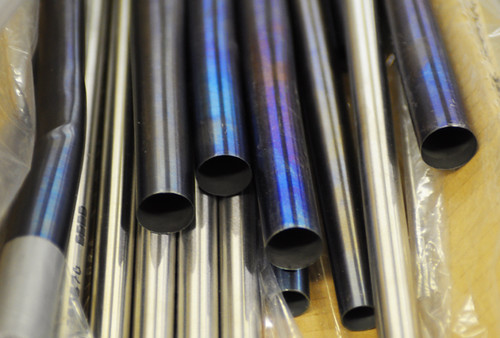
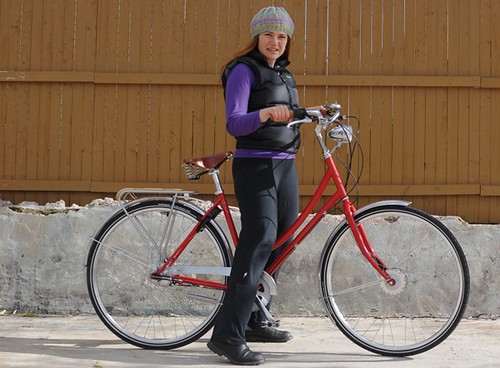 from a recent email (published with permission):
from a recent email (published with permission):
